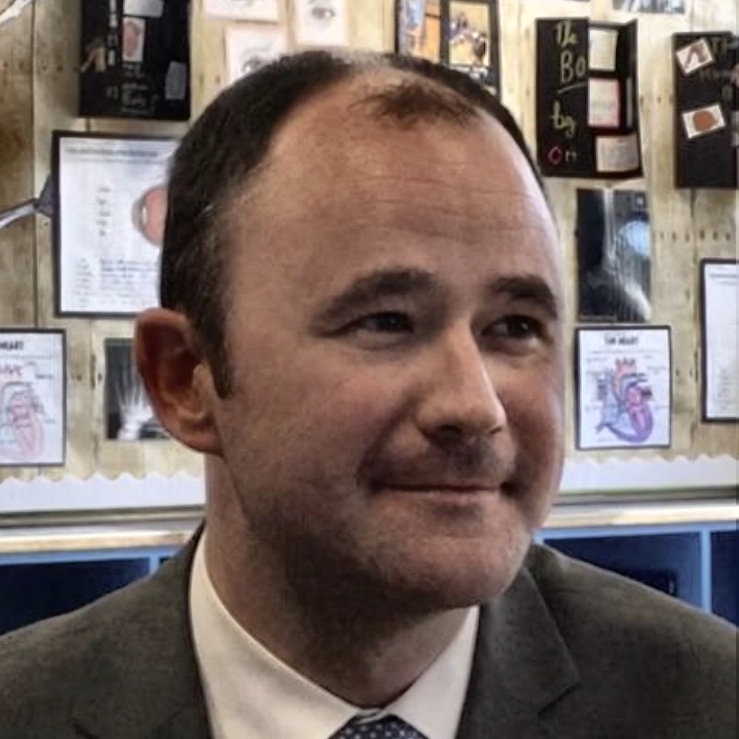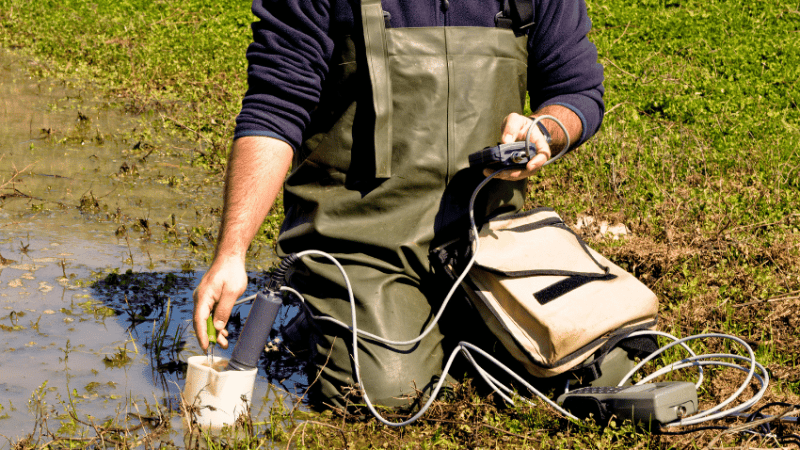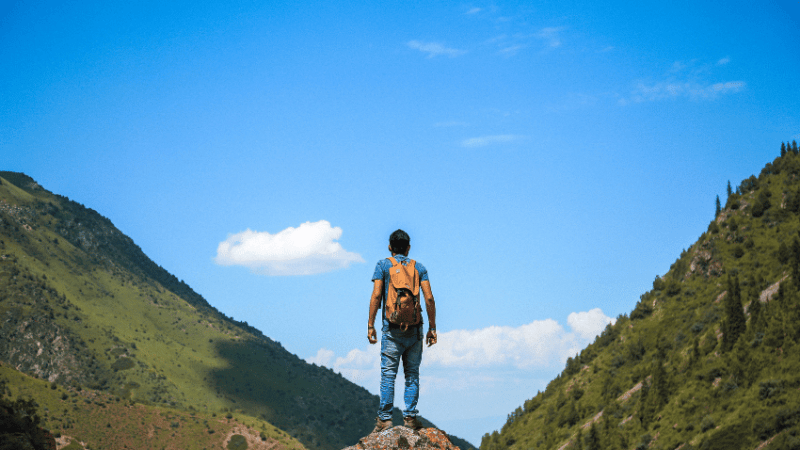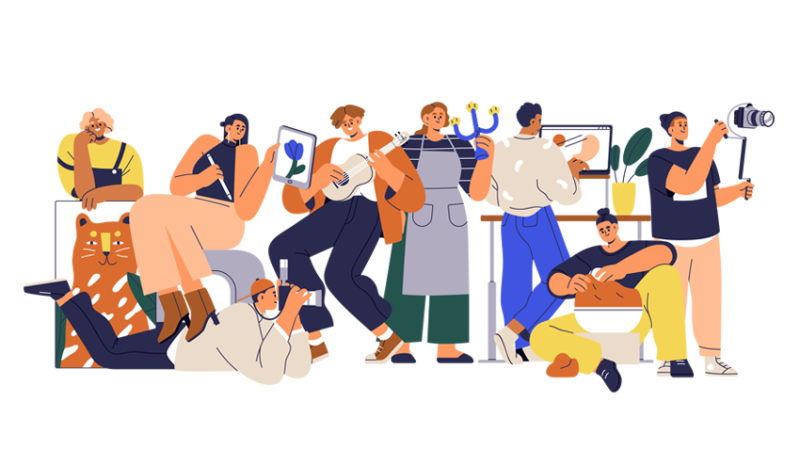Virtual school trips – How VR can bring the learning destinations to you
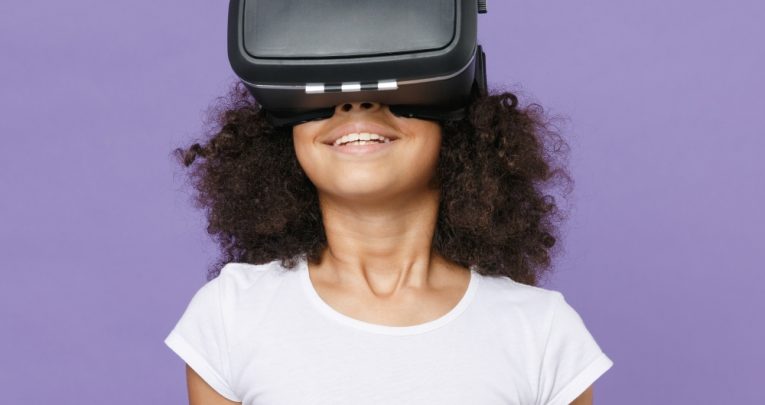
With school trips more logistically complex than ever thanks to COVID, there’s never been a better time for teachers to explore the learning possibilities of virtual reality, says Simon Luxford-Moore…
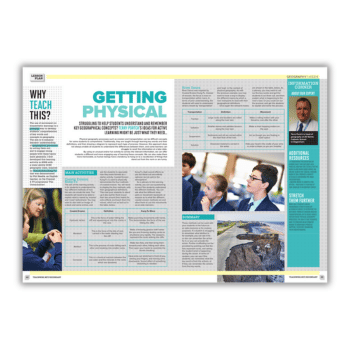
With schools across the UK finally open again, it’s more vital than ever that the learning they provide is engaging, enjoyable and memorable.
That’s not necessarily a big ask. After all, we’re surrounded by an incredible, complex world, and every subject will have something unique to offer that can engage the relentlessly curious, growing minds of our students.
However, textbooks and photocopied exercise sheets alone can’t provide the type of rich experience that many students will really benefit from. That’s why field trips to, say, Roman ruins in Italy will be utilised to make teaching around history much more tangible, and hopefully engender a greater love of the subject among students.
Trips like these aren’t always practical, though, for various reasons – not least the ongoing COVID 19 pandemic. Technology has long been able to offer a middle ground between the pragmatism and prudence of classroom teaching, and the immersion and inspiration that educational experiences can offer.
Video technologies, starting with film projectors and later evolving through VCRs and interactive whiteboards, have traditionally given teachers a way of transporting students beyond the classroom walls and closer to the heart of the subject being studied.
The emergence of the internet has aided this progression yet further, resulting in experiences that are grander and more varied than previous generations could have ever dreamed of.
So what’s next? I believe the answer is virtual reality.
I’m fortunate enough to have been an early adopter of VR technology in the classroom, and remain convinced of its value as a tool for engaging students and enriching their education. Here, I’d like to discuss some of the experiences I’ve had with the technology, and the lessons I’ve learned about its applications within a teaching context.
Getting started with VR
Using VR for the first time can be an exhilarating, but often disorienting experience, which is why it’s generally best to begin with simple settings that will allow students to find their feet. That said, VR is extremely intuitive, and you’ll likely find within minutes that your students are ready to visit new places and start using the technology to learn in entirely new ways.
VR systems that are specifically designed with classroom use in mind – such as the one we use, ClassVR – will typically allow teachers to create custom lesson plans, launch them on all headsets simultaneously, lock headsets away when they’re not in use and dynamically highlight any ‘points of interest’ within the virtual space students find themselves in. Teachers should invest time in learning about these features before starting out for the first time, as they’ll prove invaluable.
Integrating VR
For teachers considering making use of VR in their classroom, I’d offer one key piece of advice. Remember that it’s just a resource – albeit a fantastic one – and should therefore not be the focus of the lesson. Students should leave your classroom thinking, ‘That was a wonderful history / geography / English lesson,’ not ‘That was a great VR lesson!’
I’ve found that VR is most effective when it takes up around 15 minutes of a one-hour session, ideally one broken down into bite-sized, five-minute chunks. This will ensure that students can remain focused on the content of the lesson, rather than the hardware. It also gives pupils the chance to incorporate other learning styles and skills.
Students will spend a significant amount of their time in the classroom learning through seeing, hearing, and doing things, often in isolation. VR can help to combine these different experiences and cater to students’ preferences for mixed learning styles.
Trending
Classroom field trips My experience of using VR for virtual excursions has been phenomenal. Even before the COVID crisis, we had been using VR to overcome barriers of geography, faith and logistics.
For example, we were able to virtually visit Culloden Battlefield and The Soldier’s Leap at Killiecrankie as part of our P6 Jacobites topic. A field trip taking in both sites would have entailed sitting on a bus for most of the day, but in VR we could remain focused on investigating the sites themselves.
In a similar vein, we also undertook a virtual tour of the island castle on Loch Leven where Mary Queen of Scots was imprisoned. This offered many of the same benefits students would have had from a physical visit – an engaging experience of the location that could provide them with important context – without any of the drawbacks.
Looking further afield, the holy sites within Mecca are not accessible to non- Muslims – yet VR enables students to tour them irrespective of their faith, and follow in the virtual footsteps of the millions of pilgrims who have participated in the traditions and rituals they’re currently studying.
VR in practice
At ESMS, we’ve looked to integrate VR across all areas, from Primary 1 upwards. Enhancing empathy, building respect for other cultures, providing access to the otherwise inaccessible, visualising work that students have created themselves – VR has enabled us to do all of this, while offering new experiences, new ways of exploring topics and new forms of learning.
Imagine the value there could be in visiting sites such as the CERN laboratory, or the trenches of WWI. That is why I’m convinced that VR should have a place in almost every classroom.
Safety first
Staying safe in VR is straightforward, and most students can use it without any ill effects. Some, however, may well experience nausea or symptoms of motion sickness. To minimise these risks, I would offer the following advice to those trying VR for the first time:
- Use the VR headset sitting down, either on the floor or on a chair
- Place both hands on a tabletop or clasp them together in your lap to remain grounded
- Take frequent breaks
I would advise against using video content that involves camera movement, which may make some users feel unwell.
It’s also important to be aware of any students with epilepsy, and to provide them with suitable and comfortable ways of using the technology – such as using an interactive display to share another user’s view of the VR setting in real time.
When the lesson is over, simply wipe down the headsets with antibacterial wipes, charge them up and you’ll be ready to go again.
Simon Luxford-Moore is head of eLearning at Erskine Stewart’s Melville Schools.




